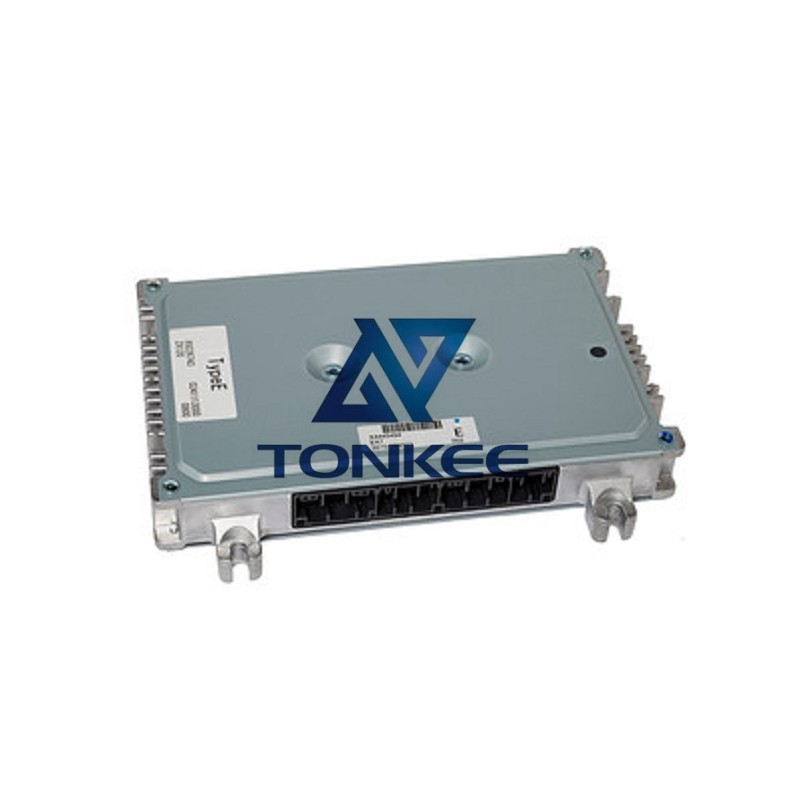
Engine Management: The primary function of the Hitachi Zaxis series ECU is to manage the engine's operation.
It controls critical parameters such as fuel injection timing, air-fuel mixture, ignition timing, and exhaust gas recirculation (EGR). This precise management results in improved fuel efficiency and reduced emissions, complying with stringent environmental regulations.
Diagnostic Capabilities: The ECU is equipped with advanced diagnostic capabilities, allowing it to continuously monitor the engine's performance and detect any irregularities. It can quickly identify issues such as sensor malfunctions, fuel system problems, or exhaust system faults. This proactive approach to diagnostics enables timely maintenance and minimizes downtime.
Fuel Efficiency: One of the most significant advantages of the Hitachi Zaxis series ECU is its ability to optimize fuel efficiency. Through real-time adjustments to fuel injection and combustion processes, it ensures that the engine operates at its most fuel-efficient point, reducing operating costs for owners and operators.
Emission Control: Compliance with emission standards is a top priority in today's construction and heavy machinery industry. The ECU utilizes sophisticated algorithms to control emissions, including the reduction of nitrogen oxides (NOx) and particulate matter (PM). This results in environmentally friendly equipment that meets or exceeds regulatory requirements.
Engine Protection: The ECU also serves as a guardian for the engine. It monitors critical parameters such as engine temperature, oil pressure, and exhaust gas temperatures. If any of these parameters reach dangerous levels, the ECU can initiate protective measures, such as reducing engine power or shutting down the engine to prevent damage.
Adaptive Control: Hitachi's Zaxis series ECU employs adaptive control algorithms that continuously learn and adjust to the operating conditions and load demands.
This ensures optimal engine performance in various situations, from light-duty tasks to heavy-duty work, enhancing overall machine productivity.
Communication and Integration: The ECU is designed to communicate with other onboard systems, such as the transmission and hydraulic controls. This integration enables seamless coordination between different machine components, resulting in smoother operation and improved efficiency.
User Interface: Operators can interact with the ECU through a user-friendly interface, which provides access to essential engine data and diagnostic information. This interface allows operators and technicians to monitor the engine's health and performance, making it easier to identify and address any issues.
Remote Monitoring: In some configurations, the ECU can support remote monitoring and diagnostics. This feature is particularly valuable for fleet management, as it allows maintenance teams to access real-time data and perform troubleshooting without being physically present at the machine's location.
Durability and Reliability: Hitachi's Zaxis series ECU is built to withstand the demanding conditions of construction and heavy machinery applications. It is designed to be rugged, reliable, and resistant to environmental factors such as dust, vibration, and moisture.


